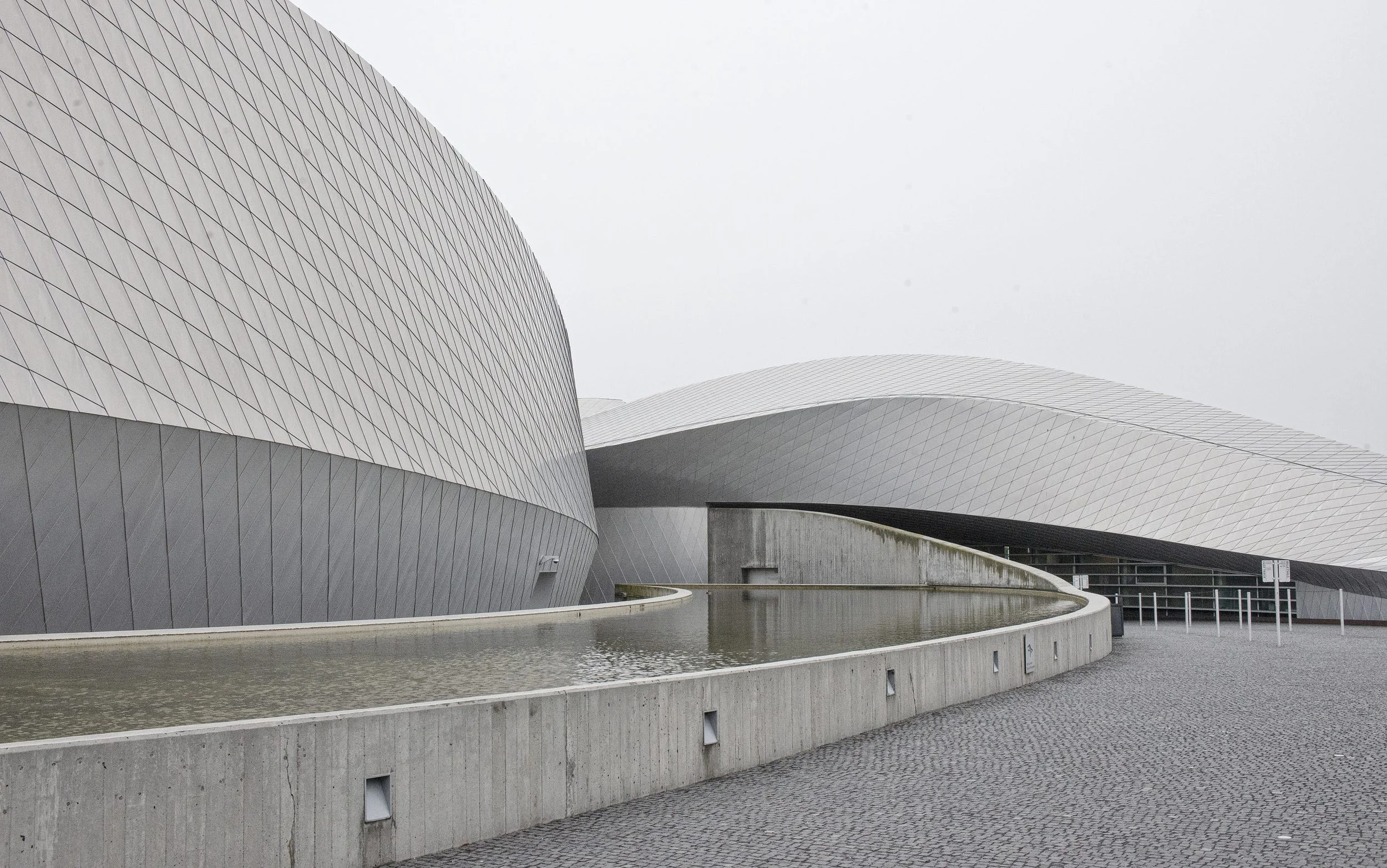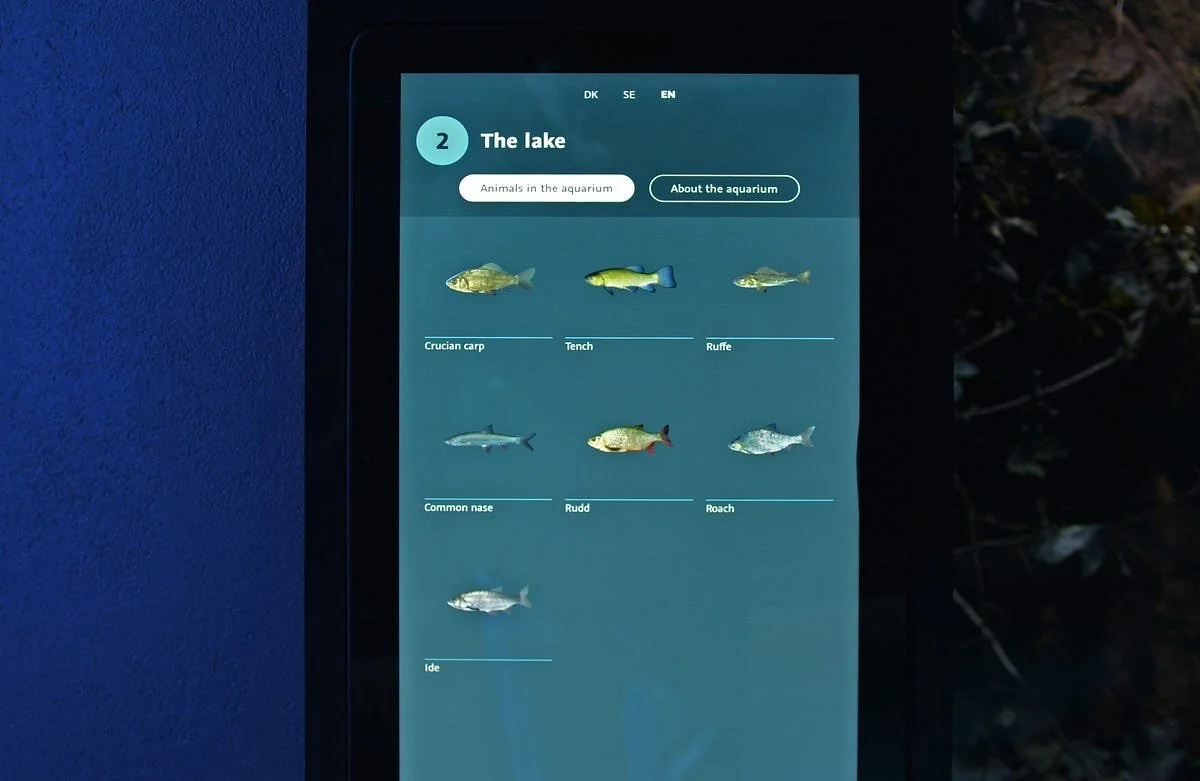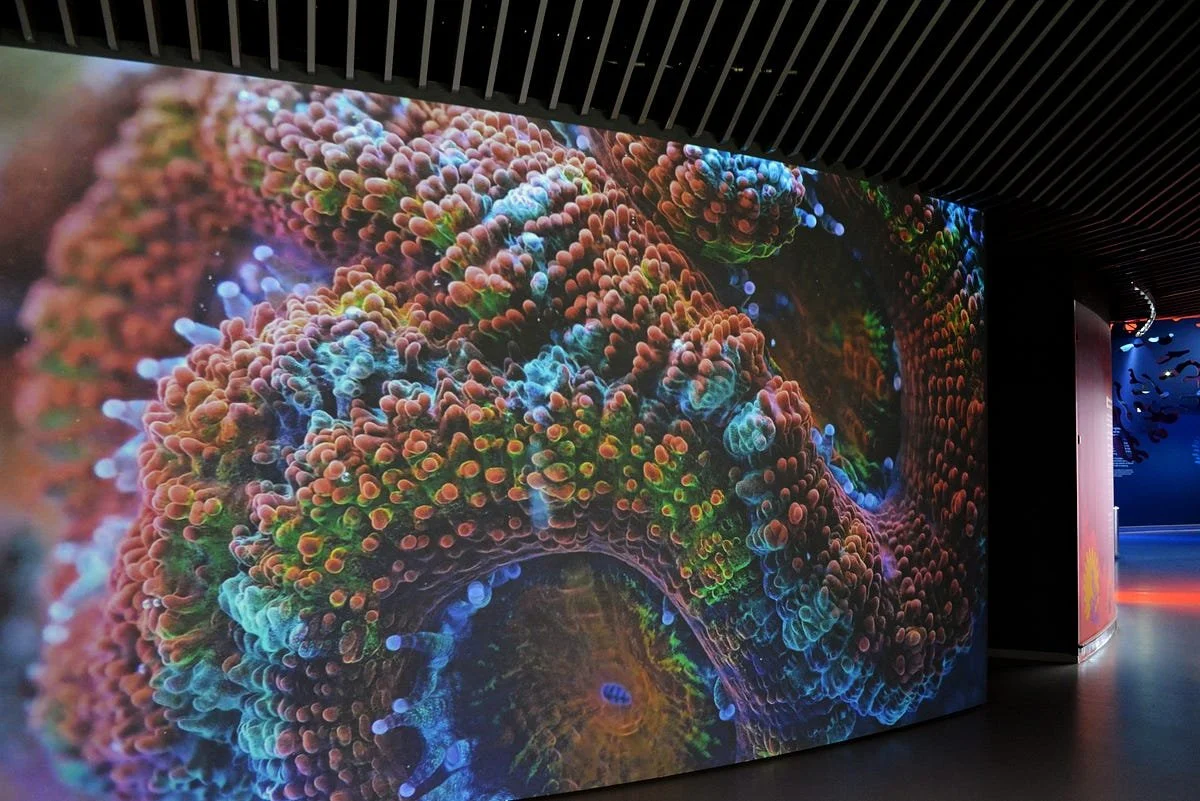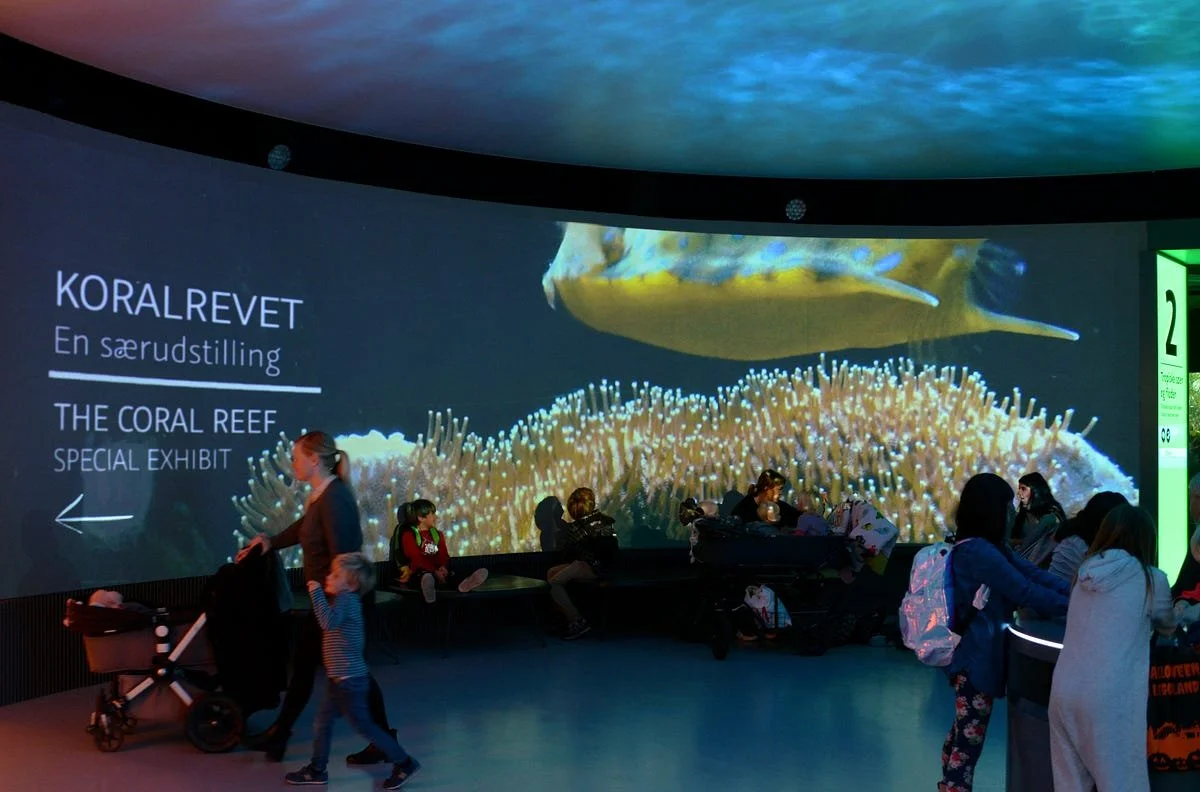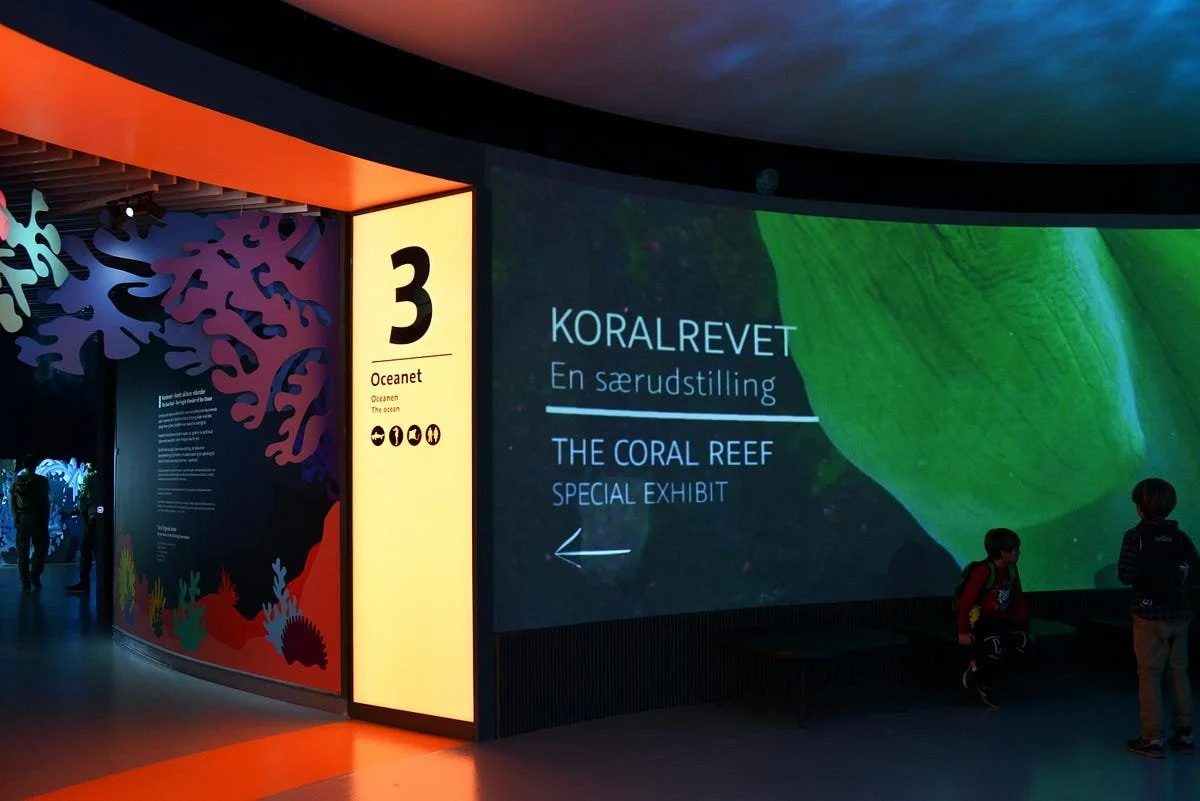How much new media is “not too much”?
So, someone recently asked me if new media will replace zoos in the future. I'd love to share my thoughts on new media in zoos first.
In the article about Xpark, I mentioned that even though I majored in interactive media design in college, I was more interested in using something other than new media in exhibitions. After graduating, I entered related industries, and whenever the topic of visitor experience came up, the phrase "new media" was always shouted. Some people seemed to believe clients would always ask for as much new media as possible.
Budget constraints, technology limitations, and restricted space often lead to new media displays that don't enhance the experience but exist for the sake of novelty. These sudden images detract from the theme, and prioritizing digital content over the overall experience establishes a new sensory dictatorship. It's essential to ensure that the overall experience isn't compromised, especially with the short lifespan of new media design styles.
New media is another medium to convey messages and compensate for old media's shortcomings. The relationship between content and medium is crucial, and new media shouldn't overshadow the display. For instance, should the museum loudly broadcast Buddhist scriptures or provide a peaceful and quiet environment for displaying Buddhist statues? The answer lies in the balance between the content and the medium.
When new media meets the zoos.
Zoos and aquariums could benefit from the use of new media for sure. However, it is essential to note that the primary purpose of these facilities is to showcase natural habitats, which may only sometimes align with the use of new media. Additionally, due to spatial differences, aquariums have been more successful than zoos in using new media.
The display improvement heavily relies on the materials we use as media. The use of new media is an inevitable trend, and I'm glad to see it happen. However, as we embrace new media, it's essential to consider whether these applications achieve what we expect. Are they still providing an accurate representation of the venue?
The National Aquarium Denmark (Den Blå) is my favorite aquarium. The incredible exhibit design and the application of the use of new media amazed me, and I regard it as a perfect example for us to do a case study.
Although! I must first announce that the new media in the National Aquarium Denmark was "not fancy at all." It is precisely because the new media here was low-key and introverted that it effectively conveyed information in the context of the entire aquarium. This feature has made it extremely valuable in this era of new media.
There are two main types of new media equipment in the National Aquarium Denmark: the digital interpretation board and the giant screen in the lobby.
Every tank in the aquarium is equipped with a touch screen as an interpretation. All the tanks are based on "ecological niches," and each tank represents the underwater world of a corresponding geographical location. For example, themes like "Danish Pond" and "Danish Stream." The landscapes above and below the water's surface are exhibited to show the connection between their world and ours.
These screens have two main functions: "species" and "ecology." "Species" displays information from fish to shellfish, while "ecology" introduces the tank's habitat specialty and additional biological information. Touch screens are convenient for organizing information, switching languages, and making quick corrections. The National Aquarium Denmark's digital interpretive signage enhances visitors' experience by providing accurate and up-to-date information, filling the gaps in old media.
The giant projection in the lobby is the other impressive new media feature at the aquarium. While projections are a common technique, the effect, in this case, is awe-inspiring. Upon entering the aquarium, visitors walk through a low, curved corridor before reaching the lobby. This transitional space allows them to adjust their spatial experience and prepare for the rest of their visit. The hallway itself is simple and modern, as the exterior of the architecture, but the wall is covered with vivid, colorful projections that provide a striking contrast.
The projected videos showcase close-up and microscopic views of various aquatic ecosystems. Some of the creatures are common, but the aquarium offers us some perspectives that we've never been able to witness before. Rather than viewing the complete animals, we can only see enlarged and cropped parts, similar to the way used on museum posters. This creates a desire in the audience to see the entire animals and explore them further.
These close-up images effectively capture the essence and atmosphere of the aquarium. It is a place where we can closely observe and learn about the ocean and appreciate its wonder and beauty. The most significant aspect is that it offers a glimpse of reality. A simple jellyfish tentacle can open up a whole new world of possibilities and imagination about the ocean, satisfying people's curiosity and fascination.
New media can be a great way to attract tourists, but there should be other focuses. We should use various forms of media to showcase natural ecology rather than using natural ecology as a tool to showcase technology. The beauty of zoos and aquariums should be derived from the natural environment rather than from human aesthetics that incorporate nature as an element. In this unique field, new media is a tool that can be used to enhance visitor experiences and enhance the value of zoos and aquariums. Therefore, it is optional to use new media just for the sake of novelty but to use technology to increase the overall value of these attractions.
The new media at the National Aquarium Denmark is not fancy and probably still has a lot of room for improvement, but on the day of my visit, I felt it was being used appropriately.
The question raised earlier, "Will new media replace zoos in the future?"
Interestingly, if a zoo replaced all its animals with new media, would it still be called a zoo?

